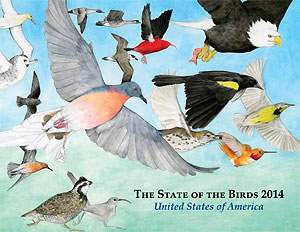 According to a National Audubon Society press release issued last week, more than half of the common bird species in North America are at risk from climate change. The release announced a comprehensive study of North American bird populations based on Audubon’s annual Christmas Bird Count and other sources.
According to a National Audubon Society press release issued last week, more than half of the common bird species in North America are at risk from climate change. The release announced a comprehensive study of North American bird populations based on Audubon’s annual Christmas Bird Count and other sources.
“The study identifies 126 species that will lose more than 50 percent of their current ranges – in some cases up to 100 percent – by 2050, with no possibility of moving elsewhere if global warming continues on its current trajectory. A further 188 species face more than 50 percent range loss by 2080 but may be able to make up some of this loss if they are able to colonize new areas. These 314 species include many not previously considered at risk,” the release says.
Read the Audubon press release here.
Read Audubon articles and access the report itself, here.
Read The New York Times article on the report here.
Read the USA Today article on the report here.
The very next day the U.S. Committee of the North American Bird Conservation Initiative, a 23-member private/public partnership released its annual State of the Birds report. There, the message was much the same, with a slightly more optimistic frame. The New York Times reports that the State of the Birds says that “nearly one-third of America’s birds are in trouble.”
Federal agencies play a big role in the State of the Birds report, and this report emphasizes the importance of habitat to bird populations, pointing to specific regions as trouble spots.
“After examining the population trends of birds in desert, sagebrush and chaparral habitats of the West, the report’s authors identify aridlands as the habitat with the steepest population declines in the nation. There has been a 46 percent loss of these birds since 1968 in states such as Utah, Arizona and New Mexico,” the Initiative press release states.
The State of the Birds also emphasizes success stories, such as the impact of wetland restoration on waterfowl populations.
The 2014 State of the Birds landing page is here. It includes links to the press release, the full report, a watch list and a list of common birds in decline.
Read the very brief New York Times article here.
Read the National Public Radio report here.
The State of the Birds report has been issued since 2009. Audubon played a lead role in putting together the report and publicizing it in 2009, 2010 and 2011. It does not appear that there was a State of the Birds report in 2012. In 2013 the Audubon’s CEO issued a statement saying that Congress’s inaction on the Farm Bill was harming birds. This year, Audubon issued its own report emphasizing climate change as a threat. Audubon is still a member of the U.S. Committee of the North American Bird Conservation Initiative and its name still appears on the State of the Birds report.
 “What we did to protect animals actually protected roads,” said Vermont Agency of Natural Resources secretary Deb Markowitz at a general session at the Northeastern Transportation and Wildlife Conference this week (Sept. 21 – 24) in Burlington, Vermont. In places where culverts had been resized to allow wildlife to walk along the banks during low flow periods, the culverts have held during floods like the one caused by Tropical Storm Irene in Vermont.
“What we did to protect animals actually protected roads,” said Vermont Agency of Natural Resources secretary Deb Markowitz at a general session at the Northeastern Transportation and Wildlife Conference this week (Sept. 21 – 24) in Burlington, Vermont. In places where culverts had been resized to allow wildlife to walk along the banks during low flow periods, the culverts have held during floods like the one caused by Tropical Storm Irene in Vermont.
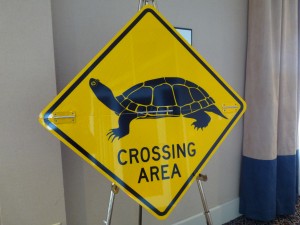 Black racer snakes are rare in Vermont, so when highway construction was going to introduce drains with holes big enough for the snakes to fall into, the Vermont Department of Fish and Wildlife asked for a fix. Drain covers with smaller holes were not possible. So the Vermont Agency of Transportation fashioned snake-sized ladders and attached them to the drains. It turns out that black racers are excellent climbers, so it is expected that the snakes will rescue themselves if they fall into the drain. A poster on the unusual solution was presented at the Northeastern Transportation and Wildlife Conference, being held this week (Sept. 21 – 24) in Burlington, Vermont.
Black racer snakes are rare in Vermont, so when highway construction was going to introduce drains with holes big enough for the snakes to fall into, the Vermont Department of Fish and Wildlife asked for a fix. Drain covers with smaller holes were not possible. So the Vermont Agency of Transportation fashioned snake-sized ladders and attached them to the drains. It turns out that black racers are excellent climbers, so it is expected that the snakes will rescue themselves if they fall into the drain. A poster on the unusual solution was presented at the Northeastern Transportation and Wildlife Conference, being held this week (Sept. 21 – 24) in Burlington, Vermont.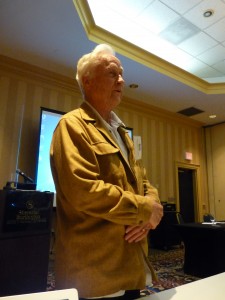
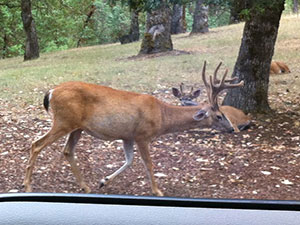 Epizootic Hemorrhagic Disease (EHD) has been confirmed as the cause of death in over 100 deer in southwestern Oregon,
Epizootic Hemorrhagic Disease (EHD) has been confirmed as the cause of death in over 100 deer in southwestern Oregon, 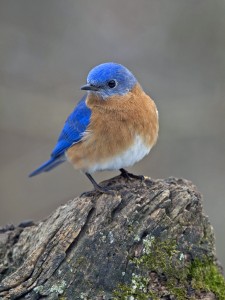 People love birds, and that makes it relatively easy to mobilize citizen scientists for bird research. Recently, the International Rusty Blackbird Working Group did just that to learn more about the spring migration of a bird that is in a mysterious decline. The insights are still to come, but the data collection has been deemed a success.
People love birds, and that makes it relatively easy to mobilize citizen scientists for bird research. Recently, the International Rusty Blackbird Working Group did just that to learn more about the spring migration of a bird that is in a mysterious decline. The insights are still to come, but the data collection has been deemed a success.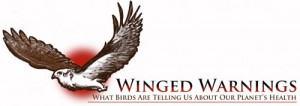 It has bird week here at State Wildlife Research News, but Environmental Health News is dedicating months to articles reflecting on birds and environmental health. The publication’s
It has bird week here at State Wildlife Research News, but Environmental Health News is dedicating months to articles reflecting on birds and environmental health. The publication’s 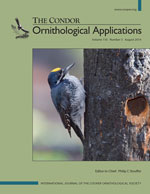 In honor of two major reports on bird conservation released last week, it is going to be bird week here at State Wildlife Research News. First, the science journals. If the State of the Birds has you wondering what and where your state can be doing bird conservation better, the
In honor of two major reports on bird conservation released last week, it is going to be bird week here at State Wildlife Research News. First, the science journals. If the State of the Birds has you wondering what and where your state can be doing bird conservation better, the According to a
According to a 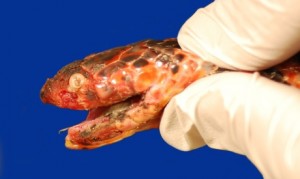 Snake Fungal Disease was identified in a mud snake found on the edge of a blackwater swamp near near Statesboro, Georgia, according to
Snake Fungal Disease was identified in a mud snake found on the edge of a blackwater swamp near near Statesboro, Georgia, according to